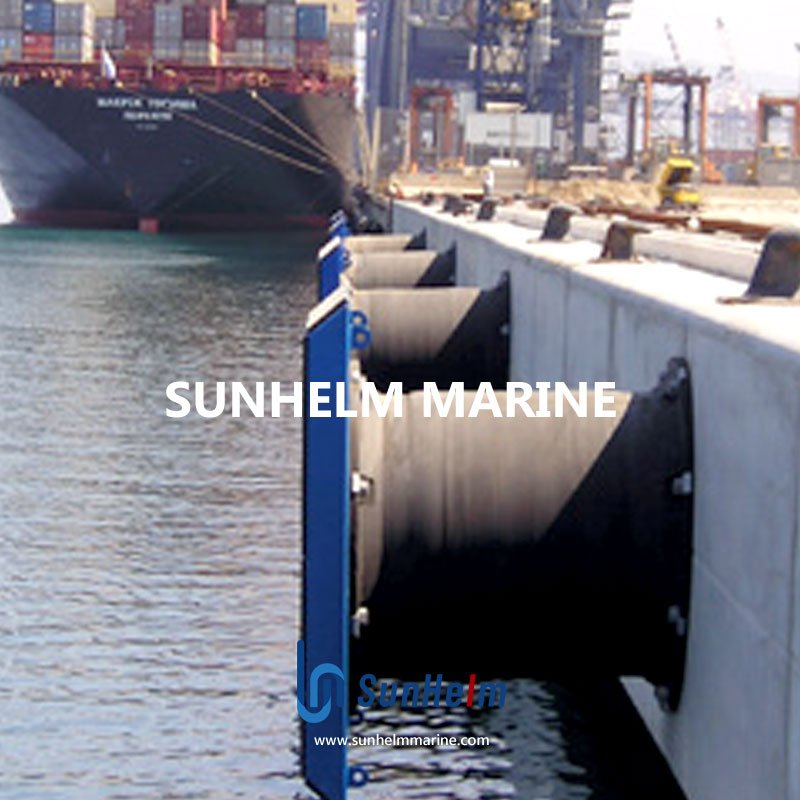Why This Issue Is Important
Choosing the wrong cell fender size can lead to costly damage. I once saw a 45 m cargo vessel press against a dock with undersized cell fenders—rubber cracked, the dock face chipped, and repairs ran into five figures. With effective ** marine fenders**, that could’ve been avoided. So if you’re managing a berth—whether at a busy commercial terminal or a boutique marina—nailing the right ship fenders right away is urgent. It saves money, prevents delays, and protects reputation.

Quick Answer: Pick a cell fender that absorbs the berthing energy of your vessel and keeps hull pressure low. Use PIANC-based calculations, then match the suitable diameter, width, and length.
1. Understand Berthing Energy & Reaction Force
Calculating berthing energy accurately is the foundation. PIANC guidelines help quantify the kinetic energy from vessel mass, speed, and tidal conditions. A properly sized cell fender must absorb this energy without overloading the dock.
2. Why Cell Fenders?
Cell fenders—those large, hollow cylinders—offer top-tier energy absorption with low reaction force, making them ideal for heavy-duty applications like container, LNG, and naval berths. Their circular geometry spreads stress evenly and performs consistently under load.
Featured Snippet – Cell Fender Benefits
Cell fenders absorb the most energy per weight of any fixed fender type, minimize hull pressure, and feature stable multi-chamber designs—making them ideal for large berths.
3. Sizing Guidelines: Diameter, Width & Length
- Diameter
Use vessel length to guide fender diameter. Smaller boats (~30 m) might use 1 m-diameter fenders, while big ships require 1.5–3 m fenders. - Width (Length along berth)
The fender’s width should cover the vessel’s curvature so contact isn’t localized. Panel width can exceed 2 m on large berths. - Length (Front panel)
Wider panels distribute reaction forces, protecting hull plating and dock walls.
4. Adjust for Berth Conditions
Consider:
- High tidal range? Opt for larger fenders.
- Strong currents or winds? Upsize for extra energy absorption.
- Frequent berthing? Durable, easy-maintenance fenders like cell types pay off in longevity.
5. Choose With Confidence: Sunhelm’s Cell Fender Selection
At Sunhelm, we combine PIANC-guided energy calculations with real-world berth data. Our team spells out fender diameter, width, length, and anchor spacing so you get marine fenders that fit perfectly—and protect continuously.
6. Pro Tips
- Always consult manufacturer spec sheets—dimensions can be nominal.
- Test on-site: simulate minor contacts to confirm coverage and deflection behavior. Soft expansion should be under 30% for proper restraint.
- Periodically inspect aging fenders—rubber stiffens with time, reducing performance.
Related Questions: FAQ
Q: What is the best cell fender diameter for a 150 m container vessel?
A: Typically 1.5–2.5 m diameter, depending on vessel mass and berth energy calc. Sunhelm runs the numbers for you.
Q: How does berth width affect cell fender selection?
A: Wide berths with varied ships need longer fenders (≥2 m) and tighter spacing to ensure full hull coverage.
Q: When should fenders be replaced rather than resized?
A: Replace if you notice cracks, hardening, or deflection loss—rubber aging cuts absorption by 20% or more over years.
Q: How do cell fenders compare to cone or pneumatic types?
A: Cell fenders excel in energy absorption/reaction balance. Cone fenders are great for angled approach berths; pneumatic suits for temporary ship-to-ship use
Sunhelm’s here to help you get your marine fenders right—every time.
— Sunhelm Team


